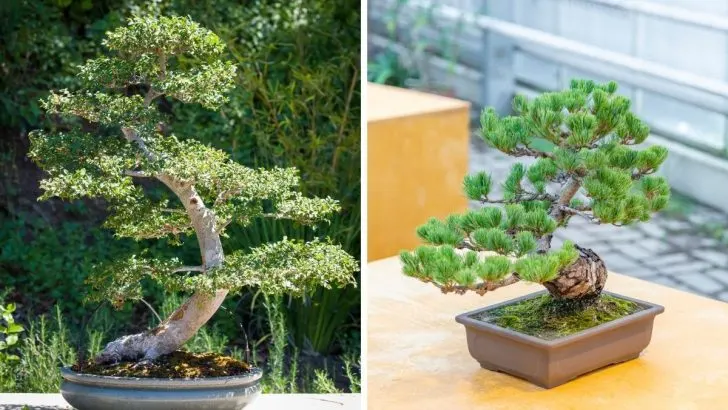When you want to purchase any plant, in this case, a bonsai tree, you might wonder how long does a bonsai tree take to grow?
However, few people know what the famous bonsai tree actually is, what is the history of its creation, and what the care of this plant means.
It is associated with intricate Japanese gardening and Japanese plants, but bonsai is more than just cultivation – a type of art whose work is never finished because the plant as a living thing is constantly changing.
We invite you on a journey into the mysterious world of miniature trees, during which we will tell you about where this art originated, how to start your adventure with bonsai, what are its types, and how to care for the finished plant.
About Bonsai Trees
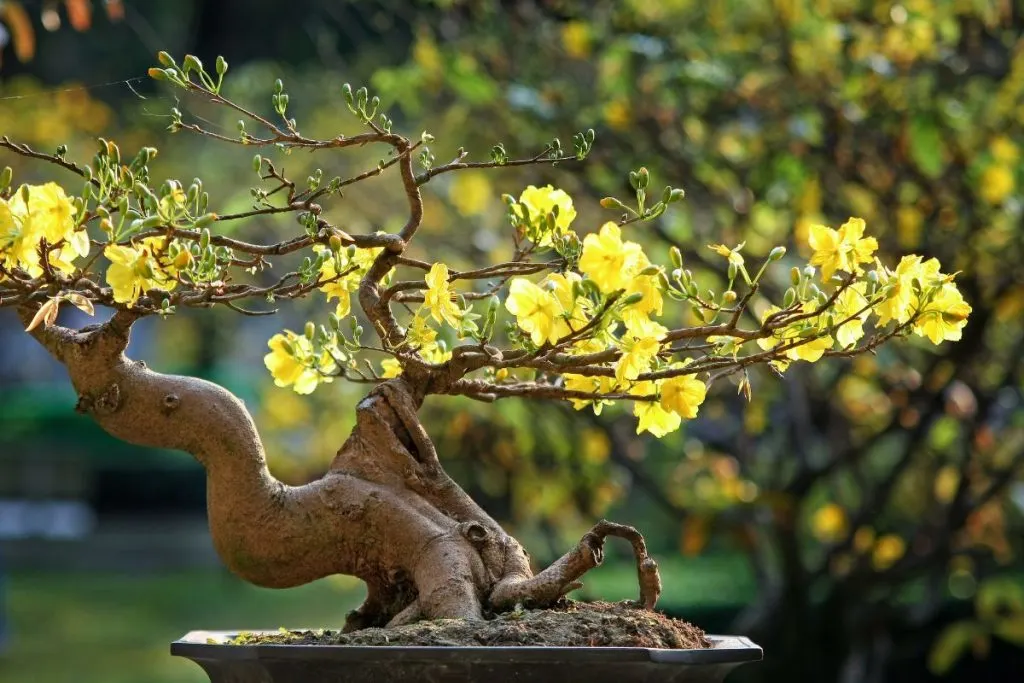
Bonsai (Japanese for “planting in a pot”) is a small tree that grows in a pot. It is believed that its cultivation, in addition to gardening skills, also requires artistic talent.
The art of growing bonsai trees began around 200 years before Christ in China, and then bonsai was called penjing. Penjing or panzai is actually an ancient Chinese art of depicting and shaping miniature trees, plants, and landscapes.
There are three main bonsai tree species:
- forest penjing
- shanshui penjing
- shuihan penjing
Legends About How The Bonsai Tree First Appeared!
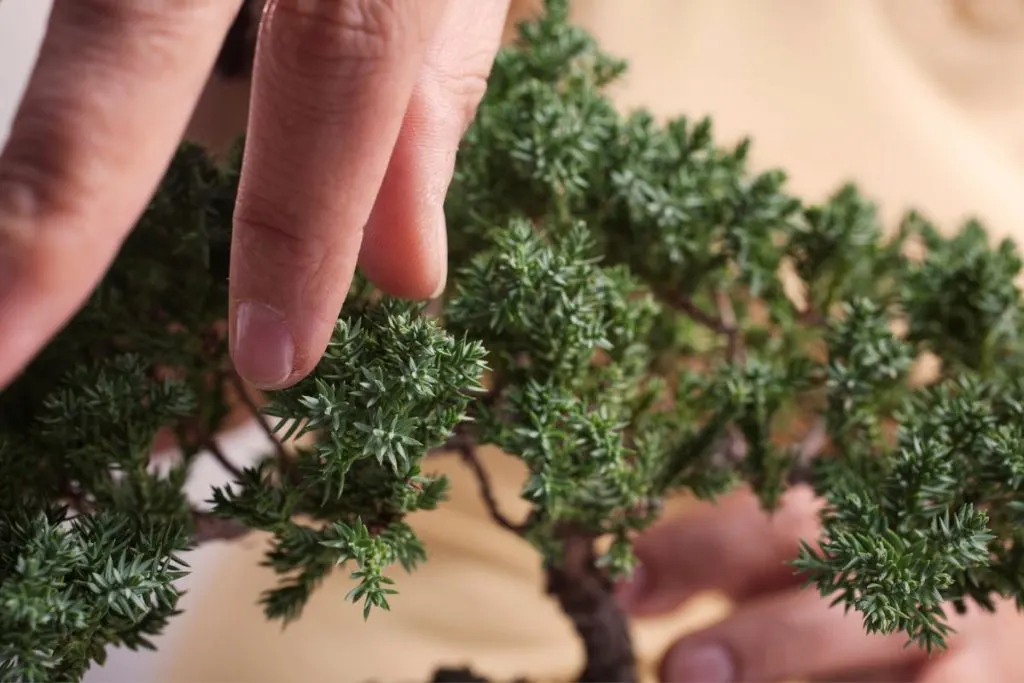
There are several legends about how bonsai first appeared. One of the more famous says that an emperor (who was obese) thought that traveling was very tiring and tiring.
Therefore, in order to be able to see every part of his empire at all times, he had a miniature copy of the empire made in the courtyard of the palace. And for those who try to do something similar, he predicted the punishment in the form of execution.
Later, penjing business became a status symbol. It was especially appreciated from the 10th to the 13th century, that is, during the Song Dynasty.
Somehow, at that time, cultivation in an individual container also began. In those beginnings, trees were most often shaped into animals and dragons. As Chinese power expanded, bonsai became part of the cultural exchange between nations.
Bonsai Tree Growth Indoors (How Long Does It Take)?
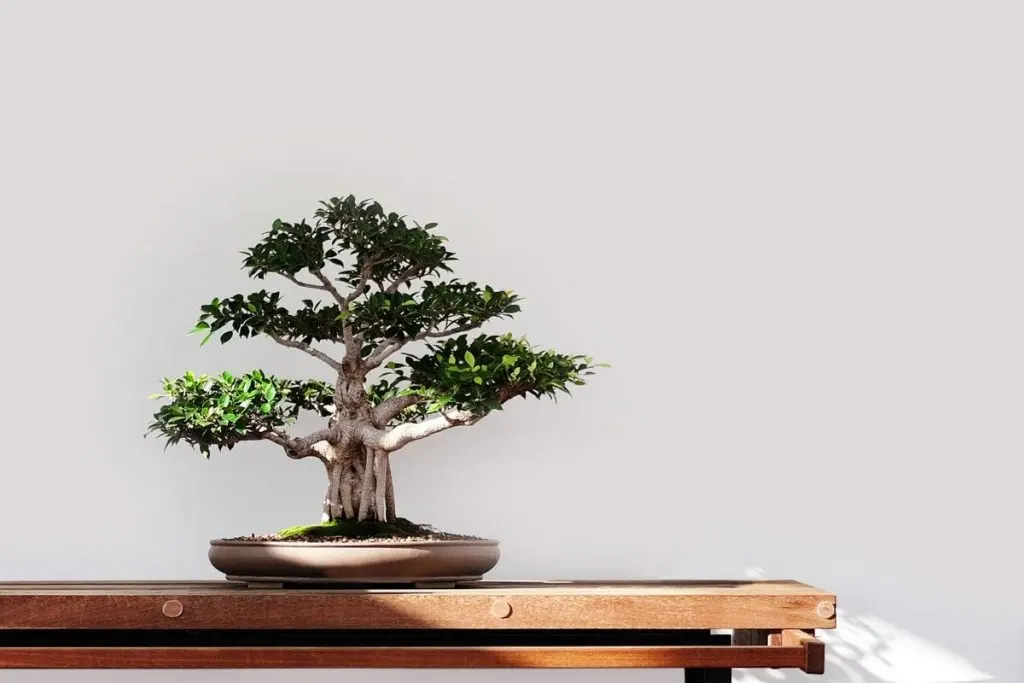
How long does it take to grow a bonsai tree? There is no direct answer. Some say the bonsai tree growth never ends. Others believe that when a tree stops growing, it stops growing, and nurturing begins.
So, in order to realize this and understand this part better, let’s dig a bit deeper into the bonsai tree’s lifetime, things that affect its growth, and much more.
How Long Does It Take To Grow A Bonsai Tree From Scratch?
Growing bonsai from seed or seedlings takes 5-10 years to slow growth until it is ready for grooming and training.
This process is very tedious and new growers are encouraged to start with existing specimens. If you decide to go this route, keep the following in mind:
Sow a few seeds because not many seeds will germinate. To increase your chances of success, start with seedlings from your area.
How Much Does A Bonsai Tree Grow In One Year?
Bonsai trees grow from 2 to 36 inches per year, depending on the species. Slow-growing bonsai-like jade grows 2-5 inches per year.
Medium-growing varieties, such as juniper, grow 5-12 inches per year, while fast-growing varieties, such as Chinese elm, grow 12-36 inches per year.
How Long Does It Take For A Mini Bonsai Tree To Grow?
Depending on whether you use seeds or small cuttings, you can grow a small bonsai in less than a month.
When grown from seed, it can take from 5 to 10 months to produce small seedlings that can be used to make mini and supermini bonsai.
What Is The Fastest-Growing Bonsai Tree?
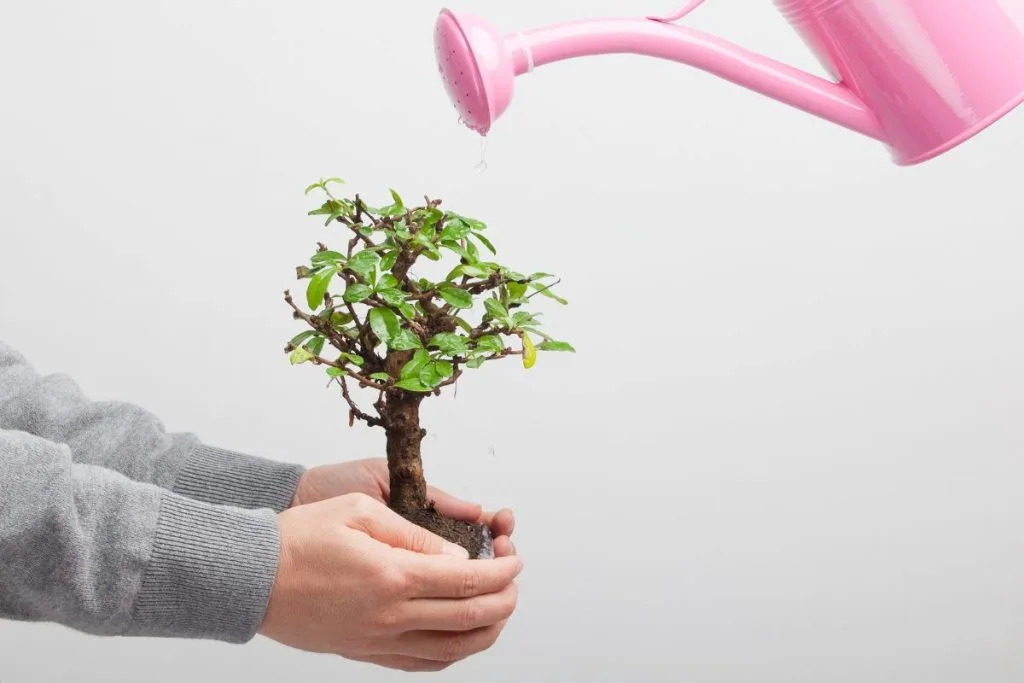
Nothing about bonsai grows right away. However, there are some varieties that ripen faster than others.
Keep in mind that you want a tree that grows quickly but is tolerant of fallen leaves, structural pruning, and limited soils. These 5 types are a good start:
- Chinese elm bonsai
- maple trees
- Japanese white pine
- ficus bonsai
- weeping willow
Remember, Bonsai is a marathon, not a sprint. You can choose a faster-growing bonsai, but the best advice is to be patient.
How Can I Grow Bonsai Faster?
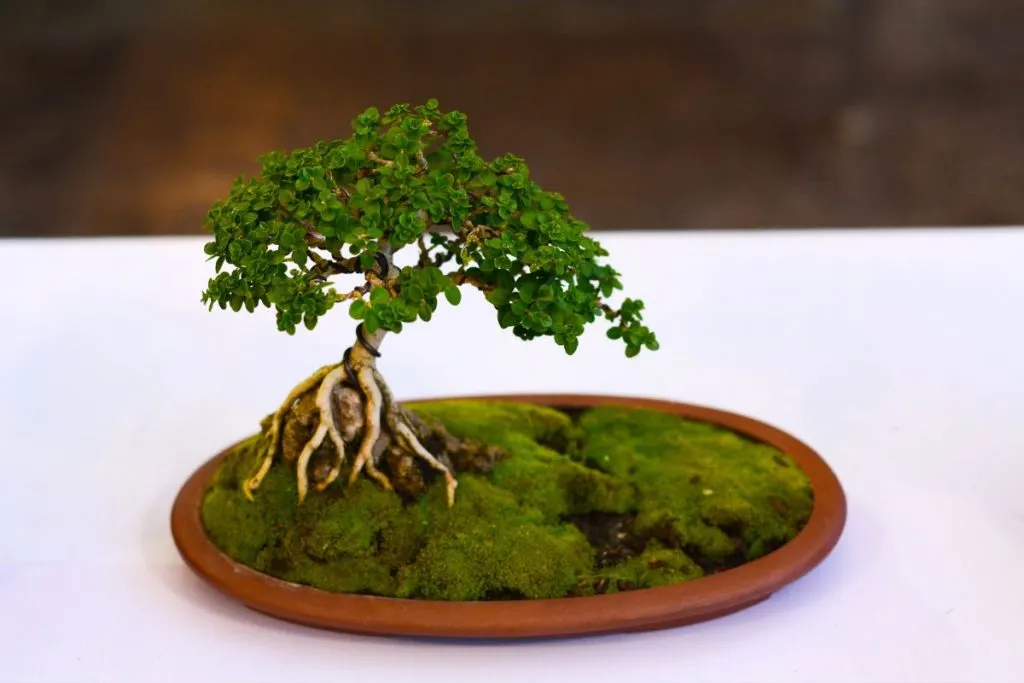
There is no magic way to make normal trees grow faster. A healthy tree, the Bonsai tree grows at its desired rate. Your best bet is to take care of your existing bonsai tree and use the right techniques.
Below you’ll find the perfect care guide for it and of course, with good growing conditions, it will healthily grow in your home.
However, the interesting thing about this tree is that you will or might notice a difference in its growth rate during its first growing season.
Where To Find A Bonsai Tree?
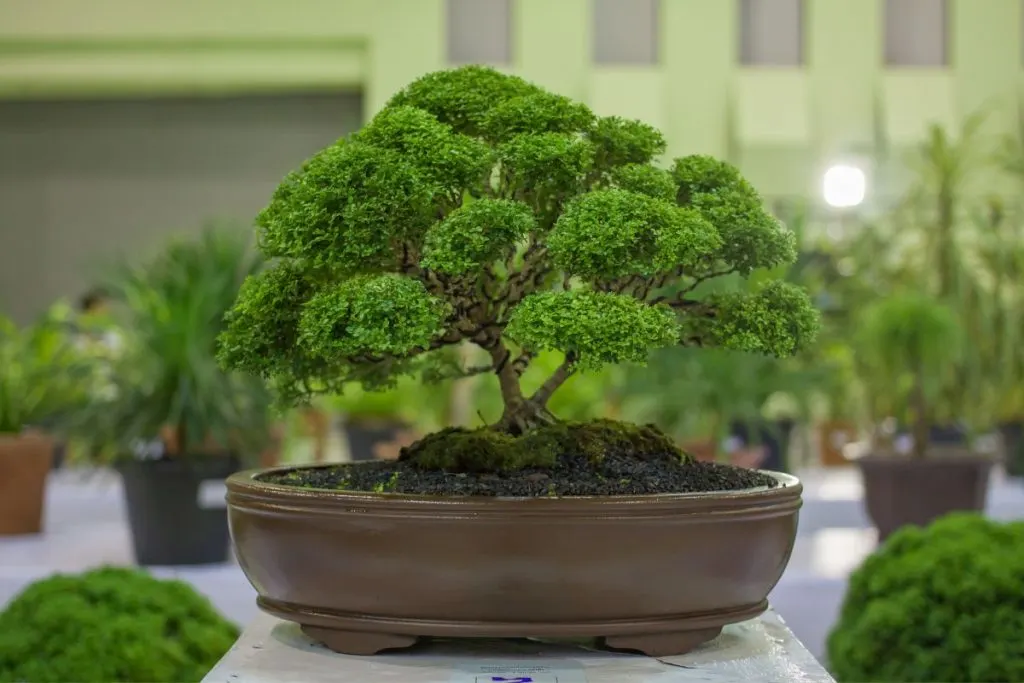
The simplest way to get the best bonsai tree is to find a stunted plant in nature. There are plants like this in the mountains, and they often, due to the unfavorable conditions in which they grow, pull their roots into the rock, or due to insufficient amount of light, they remain dwarf.
How Long Do Bonsai Trees Live-Bonsai Tree Timeline
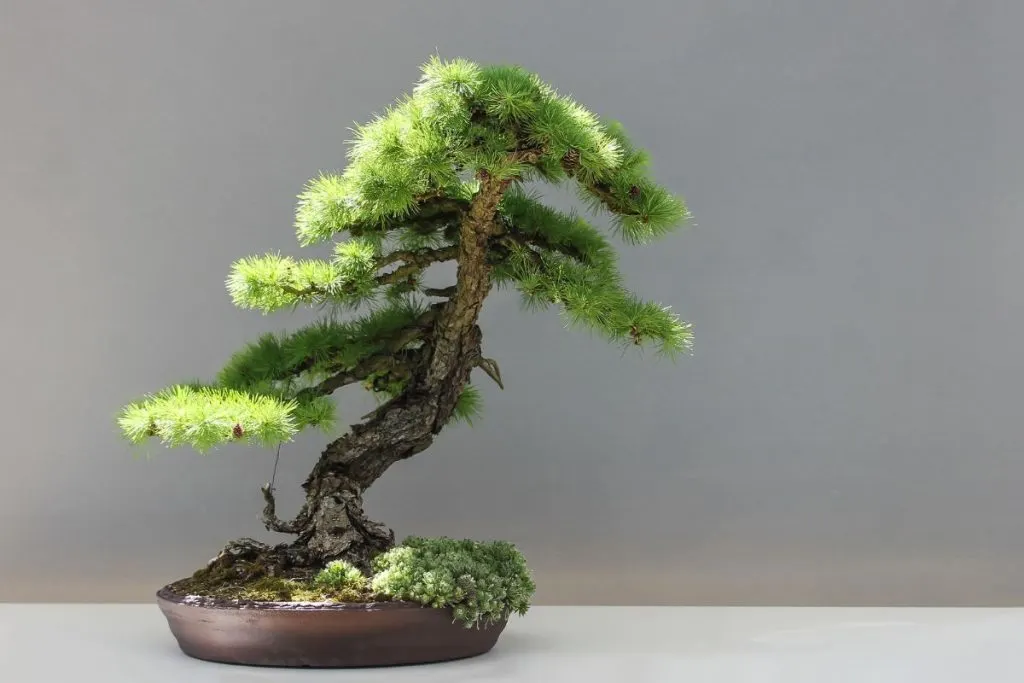
Most new growers start by purchasing mature bonsai from a nursery or inheriting from a family member or friend.
The tree will not grow long enough to show the “bonsai effect”, and it could be at least 5 years, but starting with an established tree is not cheating!
A normal tree of a bonsai family can live hundreds of years. So think of it as a starting point to get a little closer to the most rewarding parts of the experience. Do not worry. There is still much to do!
Grow A Bonsai Tree In Your Home (Care Guide)
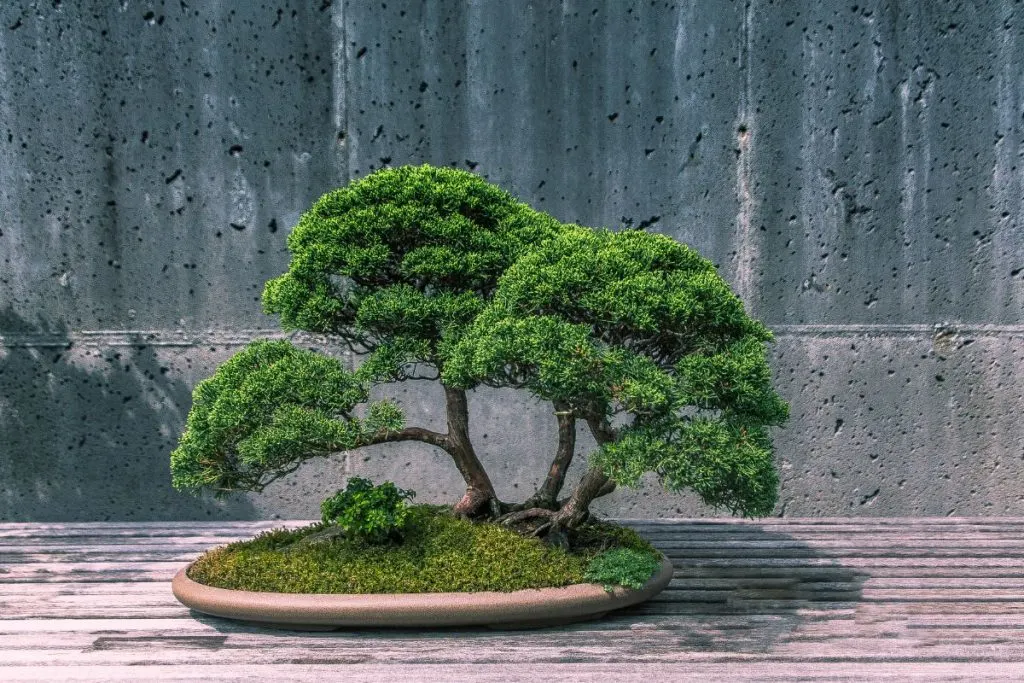
How to grow bonsai? Bonsai trees grow in several ways:
- you can grow a bonsai tree from seed;
- bonsai plant can be grown from Margot or root;
- Reshaping the pot from the nursery;
- Taking a suitable specimen from nature or borrowing it from other bonsai enthusiasts.
Each of these methods of growing a bonsai tree is specific, and the breeder chooses the method that suits him best.
Most time is definitely needed for growing from seeds. If you opt for this way of growing a bonsai tree, you will see the first results of your work only after ten years. Planting a bonsai tree from seeds is done in autumn, and after some time the plant is transplanted.
Also, you have to keep in mind that not every small tree in a pot is a bonsai. Young trees are not bonsai – bonsai are older dwarf trees.
The recommended technique for beginners is to buy a suitable young plant in a nursery, which you will further prune and reshape and continue to grow as a bonsai.
Study Your Own Bonsai Type

By the way, during the warmer months, my bonsai can also thrive outdoors, but as it is quite sensitive to temperature differences, and humidity in the air, it is ideal for indoor cultivation, so I focused on reading literature on bonsai that are grown indoors. spaces.
Namely, there are bonsai that can survive the winter outside because these small trees have all the characteristics of their big brothers. But let’s get back to bonsai that are grown in the warmth of the home.
I must also mention that although each type of bonsai has specific cultivation requirements, most of them are very similar. These are really the basics of cultivation, and every bonsai owner should get additional information about his species.
Where To Keep My Bonsai Tree?
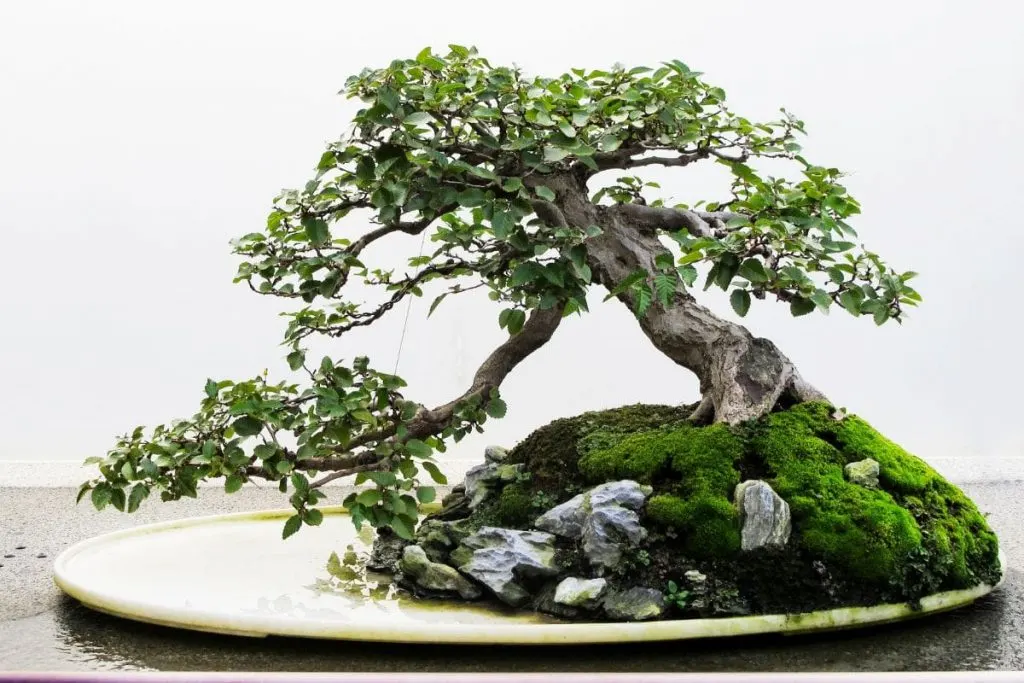
During the warmer months when the night temperature does not fall below 50 F the bonsai can be outside, but as soon as the temperatures start to drop, it must be placed in the warmth of the home.
It is best to place it in a place where part of the day will be in direct sunlight (best in the morning) and part of the day in the shade. If possible, place it on an elevated surface – a table or similar.
During the colder months, it is best to place it next to a window, where it will be in the sun for a good part of the day, preferably on the south side.
A bonsai tree cannot withstand temperatures lower than 40 F. In the summer months, it is recommended to keep it in direct sunlight in the morning, and in the shade for the rest of the day.
The tree should stand in an elevated place. In winter, it is recommended to place the bonsai tree near the window. It is important that it receives enough sun (so it is recommended to stand on the south side).
Watering Routine For Most Bonsai Trees
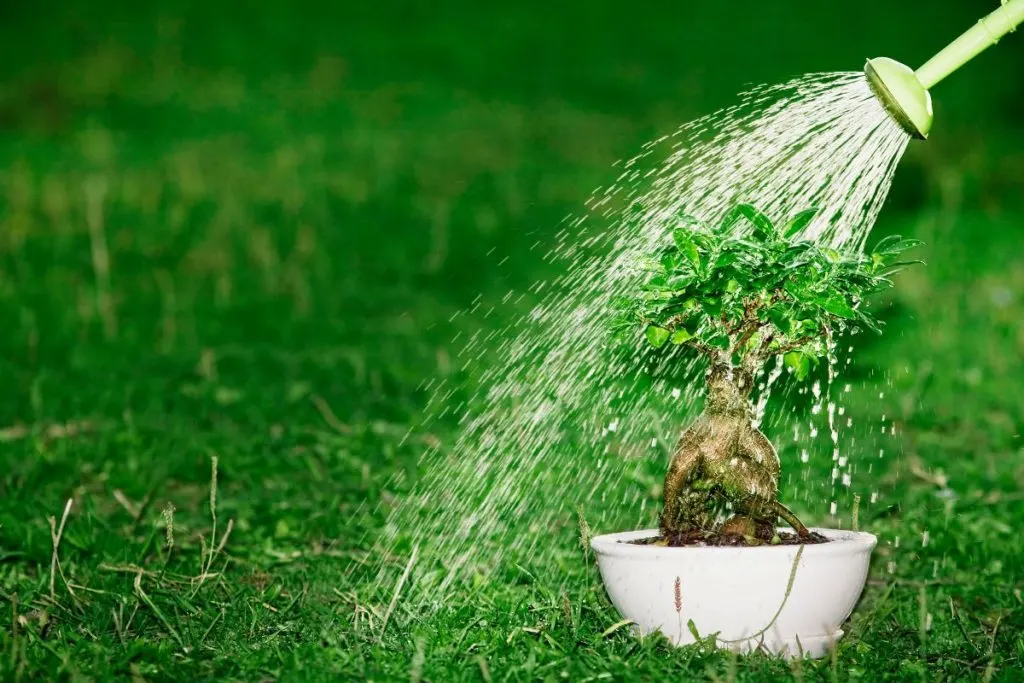
Regular and proper watering is one of the most important conditions for the success of bonsai trees. It should be noted right away that the soil in which the tree is planted must never dry out completely. On the other hand, the tree should never be watered too much.
More precisely, in winter it is recommended to water them once every two days, and in summer they can be watered even several times a day, depending on the position they are in and the heat.
It is best to water them with a small sprinkler because they like spraying on the leaves, but also a lot of moisture in the air. For this reason, in winter it would be desirable to humidify the air in the heated space around the tree.
- Warm water is the best choice for watering. Moreover, due to the lower proportion of limescale than tap water, the best choice is rainwater. There is no need to go to the other extreme, i.e. watering with distilled water because it does not have the necessary minerals.
A bonsai tree can also be watered by immersing the container in which it is located in water (for example, in a bucket) and leaving it like that for about 5 minutes. After removing the container from the water, make sure that the excess water is drained.
- The ideal time for watering is early morning or evening. Be careful during very hot days. The water can get too hot and thus damage the roots of the tree.
Soil Needs For A Bonsai Tree
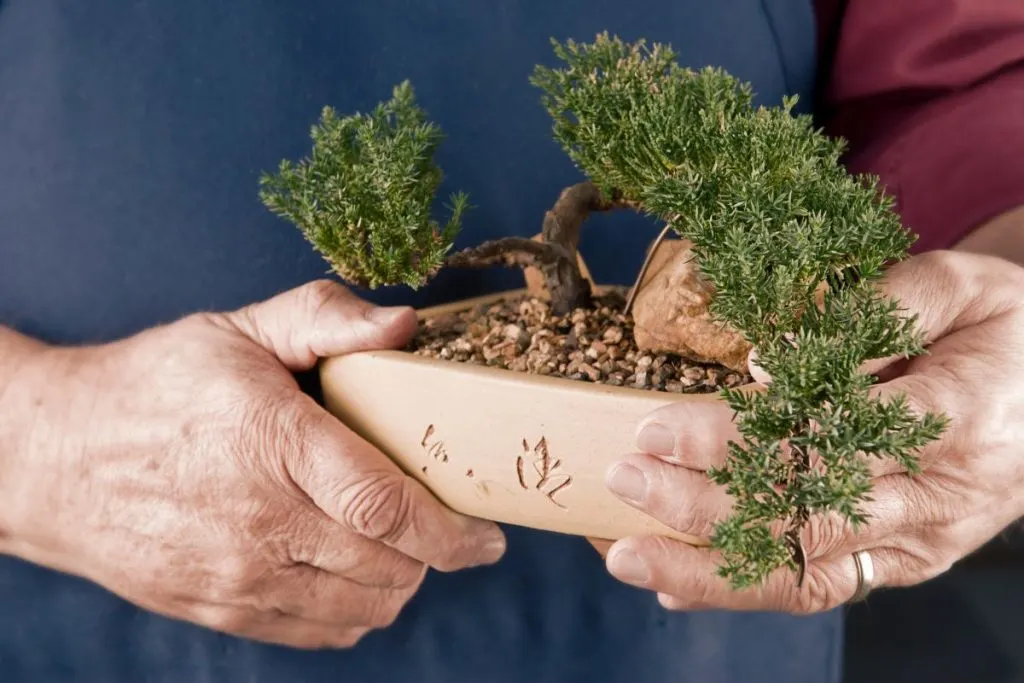
The soil mixture for bonsai can contain fine gravel, peat, compost, loam, various types of manure, and bone meal. Mixtures are adapted to the plant species.
Bonsai must be fertilized from time to time, with a fertilizer that contains enough nitrogen, phosphorus, and potassium. Before fertilizing, the plant should be well watered, you can damage it by fertilizing on dry soil.
Bonsai Tree Feeding
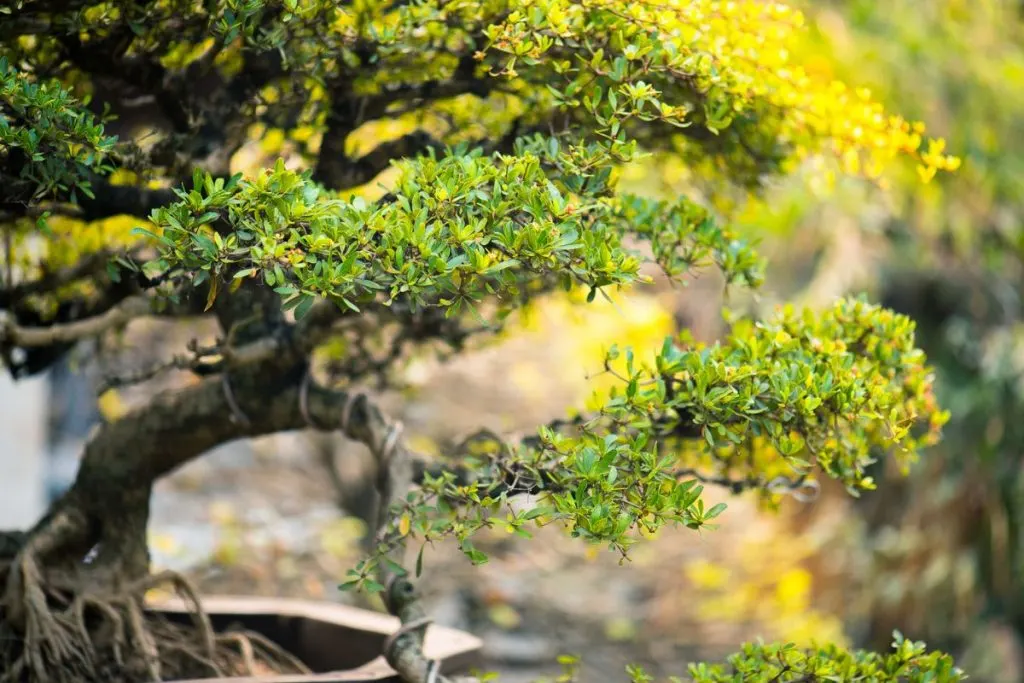
It is recommended to feed the bonsai tree with artificial liquid fertilizer, or standard fertilizer for plants. It is very important to feed the tree because it likes permeable soil, which means that such soil has a harder time retaining nutrients. We should be careful with the amount of fertilizer we use. Half the recommended amount is recommended.
If you use liquid fertilizer, it should be applied to already moist soil. If you use fertilizer in the form of sticks or balls, you should again pay attention to the amount. Regarding the time interval between fertilizing, it is recommended to feed twice a week in spring, summer, and autumn, and once a month in winter. In the summer, you should take a break from feeding for four weeks.
Bonsai Tree Pruning
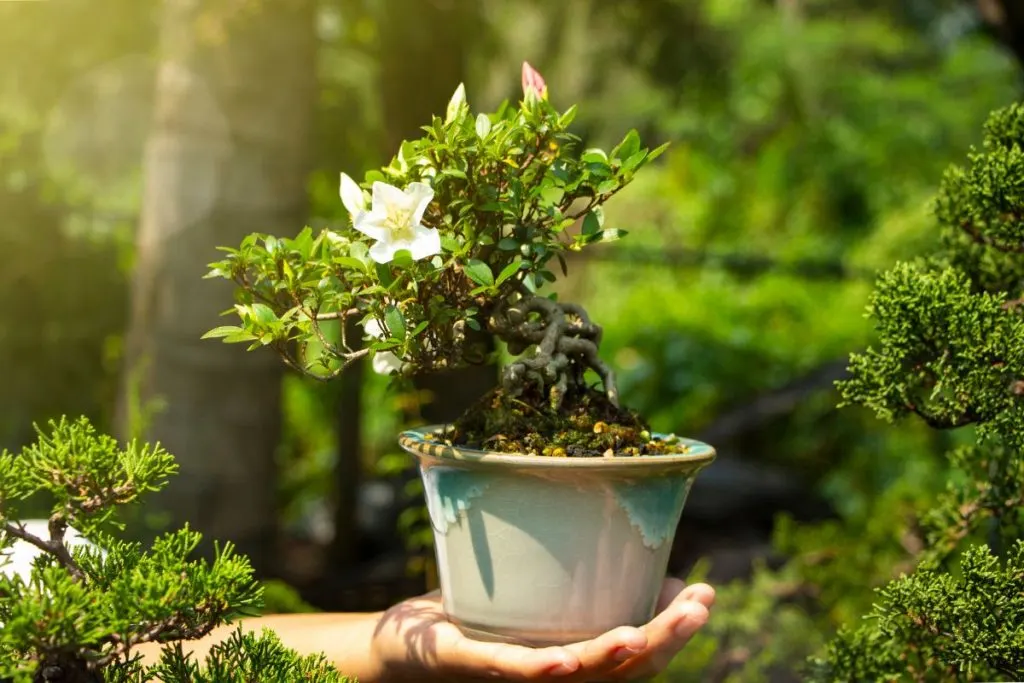
Pruning a bonsai tree is perhaps the most complicated part of maintaining this plant. In order to be successful in this, it takes time and experience. Below we provide general guidelines on the “bonsai technique”.
The tree should be pruned regularly, as this is how it is given and maintained in shape. It usually spreads upwards and outwards which is called apical dominance. Regular pruning also promotes the growth of internal branches near the trunk.
Basic pruning is done so that all overgrown shoots (which come out of shape) are cut with sharp scissors.
Thick and large branches are pruned. It is often difficult to decide which branches should and should not be pruned. Pruning is done in early spring or late autumn (before or after the plant’s growth period).
Repotting Process Of A Bonsai Tree
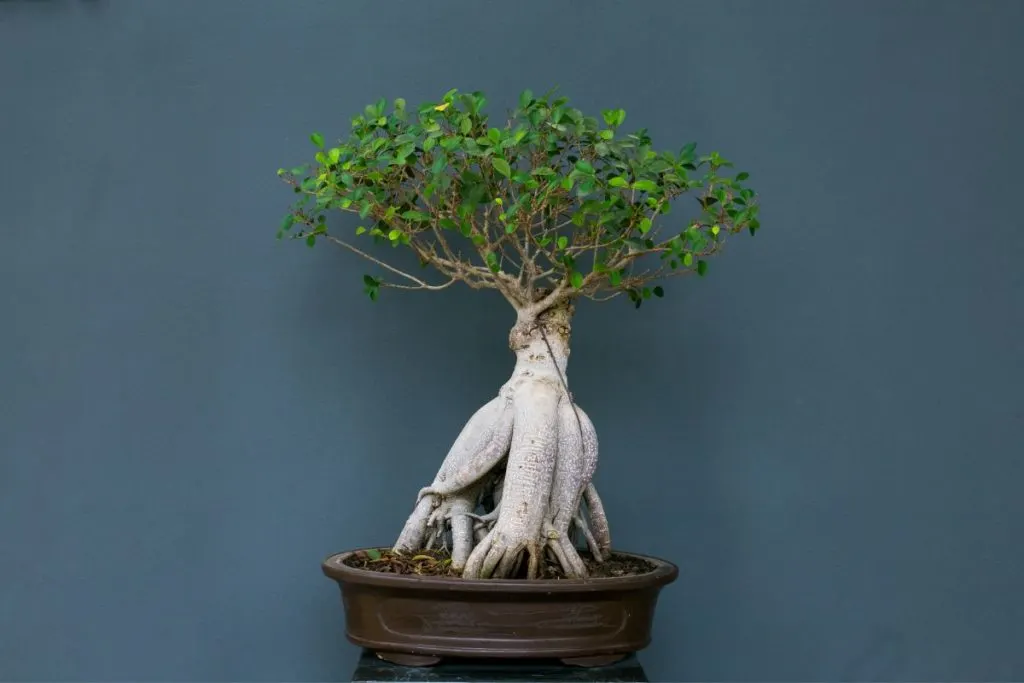
When the roots fill the container in which the bonsai grows, it should be transplanted. As a rule, it is transplanted every 2 to 3 years.
Of course, you should monitor the growth of the tree and decide accordingly when to transplant it. Transplanting is done in the dormant period, i.e. late autumn or early spring. For a short period after transplanting, the tree should be kept in a shady place.
Containers For Bonsai Trees
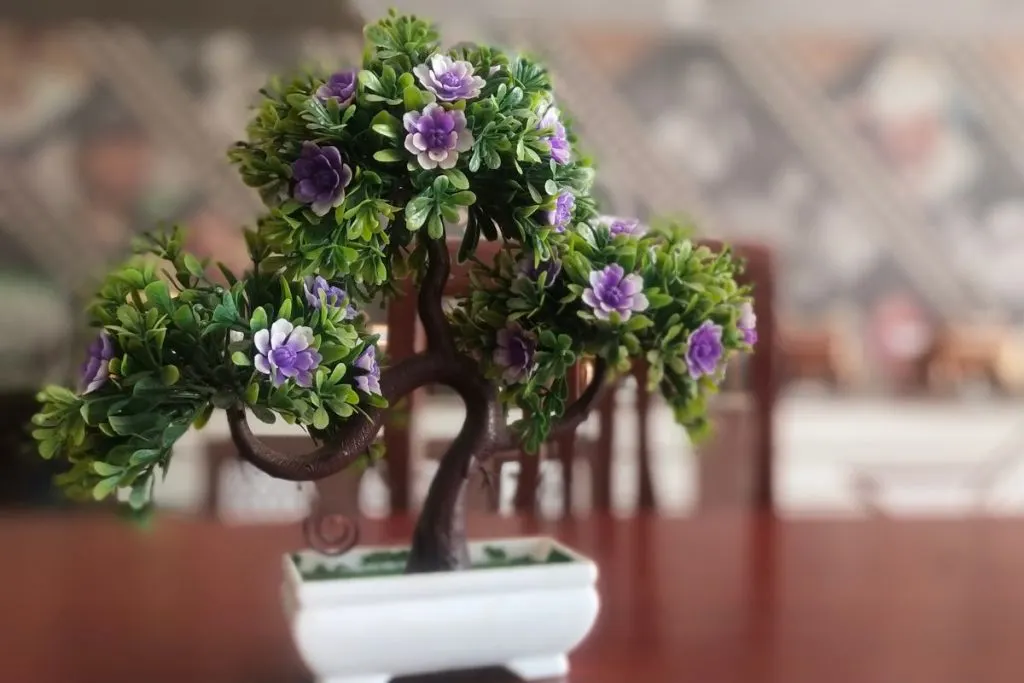
In bonsai art, the wood container is not only a useful object, but an integral part of the composition, so it must be in accordance with the principle of harmony and proportionality.
For bonsai, pots made of baked clay or porcelain with holes in the bottom are recommended. Professional bonsais choose a dish based on several factors.
The first, of course, is the size of the tree – the basic rule is that the pot should be the same height as the width of the tree trunk above the tree.
Another issue is determining the sex of the tree. Most of them are both men and women, but generally, some element is dominant. Male trees are believed to have a stronger structure, darker and thicker bark, and denser branches.
Containers suitable for this type of plant are quite deep, and angular, with a straight line and massive legs. We can recognize the feminine character of plants by their slender trunks, smooth bark, and delicate shapes – low, smooth, slim pots with light legs will be the most suitable for them.
If it is difficult to determine the gender of the tree, nothing is lost – a round container can be chosen for such a plant, which is perceived as androgynous. It is assumed that the color in which the container is located should also appear in the plant, therefore the most popular pots are in shades of gray and brown or in earthy colors.
Bonsai Care – Minor Supplements
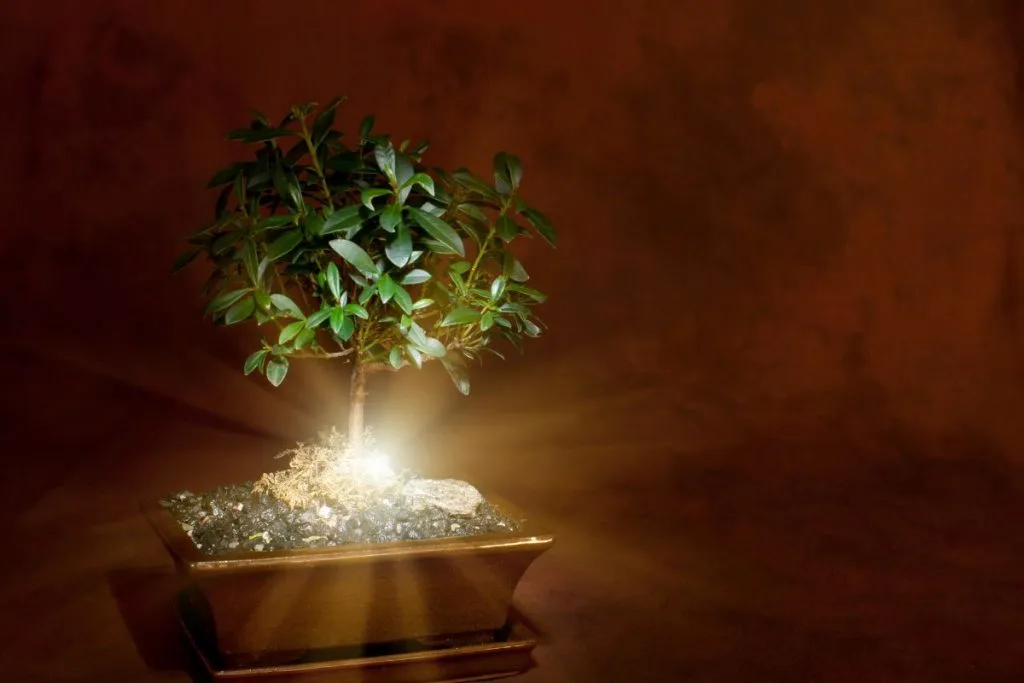
In the beginning, it is enough to get a few basic tools for shaping the tree and gradually choose new ones.
The right scissors are the biggest must. They come in many sizes and shapes – those with a wider blade are used for cutting branches, narrower and longer ones – for trimming thinner twigs, and small scissors are suitable for removing dead flowers.
Also useful are recessed knives used for cutting limbs from stumps and a flexible saw for cutting extremely hard or hard-to-reach parts.
The claws they used to scoop up the soil while removing the tree from the container and combing the roots through it will also be useful.
Bamboo sticks can also help clean plants of the old substrate, which can also be used to compact the potting soil.
Daily bonsai care will require tweezers to remove weeds and select fallen leaves, flowers, or fruit. A special watering can with a long neck, designed specifically for watering bonsai, will also be useful.
Preparing Bonsai Trees For Winter

Preparation of bonsai trees for winter begins in November. During this period, fertilization should be thinned a little.
Deciduous bonsai trees should be cleaned of dried leaves. After that, the trees can be wired. Since copper wire can stain the wood, it may be a better choice to use aluminum foil.
In the period of preparation for winter, the tree should also be sprayed preventively with a lime-sulfur solution.
It kills insect larvae and eggs and protects the tree from fungi. Furthermore, the surface should be cleaned from the substrate.
It moves 2 inches from the top of the substrate. Replace the part you removed with the fresh substrate, and then water it well.
Average Bonsai Tree Care Over Winter
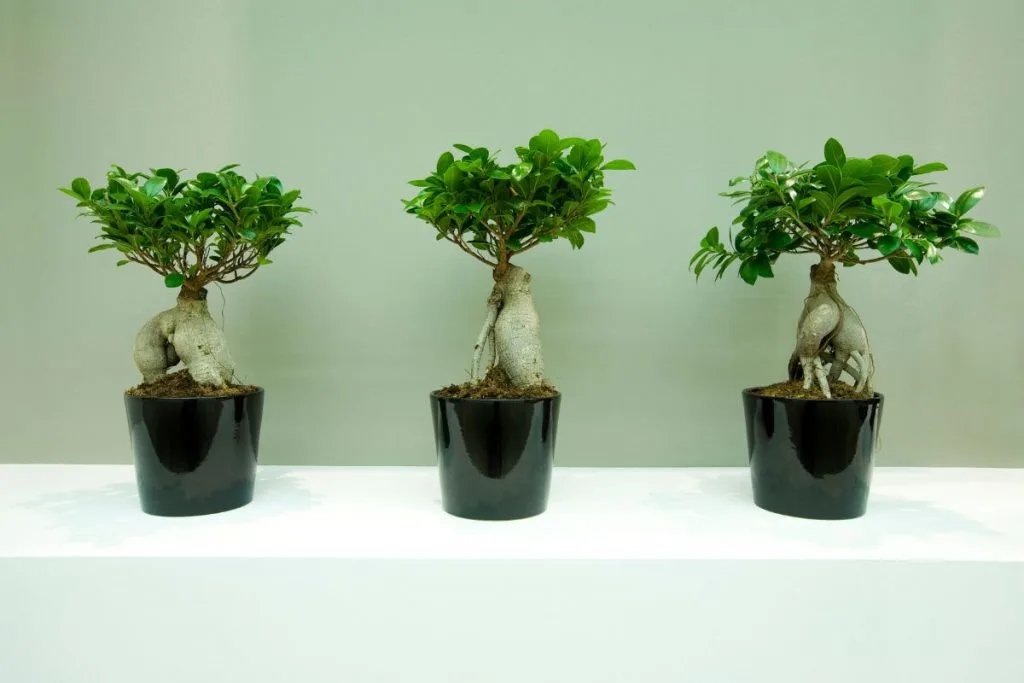
Winter is ideal for wiring bonsai trees. Wiring is a rather complex process. The aim is certainly to use as little wire as possible to achieve the best possible positions of the branches.
Never cross wires. Freshly wired wood should be protected from frost and wind, it should not be sprayed and should be kept at a temperature of around 30 F.
Growing a bonsai tree and successfully keeping it alive can seem very difficult, but it really just requires a lot of information and caution.
The instructions we have provided here are generally valid for bonsai trees, but after purchase, you should pay attention to the species and get information about it.
Bonsai Tree – Aesthetics
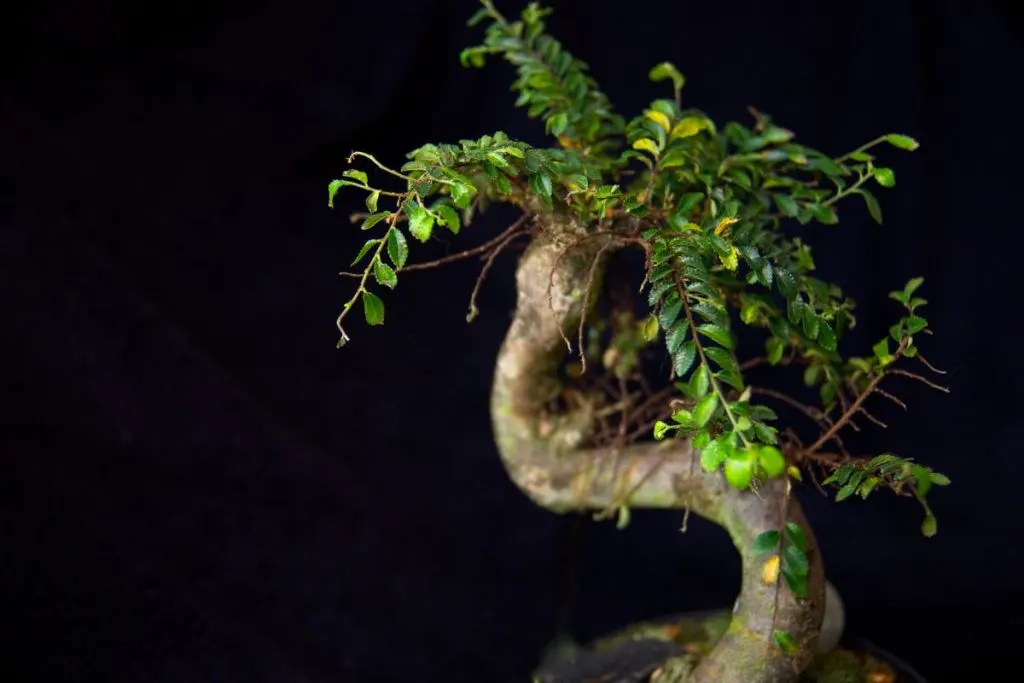
Bonsai is associated with Zen Buddhism and its celebrated simplicity and perception of beauty in imperfections and the passage of time. The overall goal of this art is to get a miniature tree that will create the illusion of a full-size mature tree.
The impression of age is achieved by creating a dark, rough bark on the tree or sometimes by removing it from the log and fragments of branches, carefully planned reduction of leaves, leaning of the trunk, building the massiveness of the form, as well as non-bars, i.e. exposing the roots above the ground in a container.
However, the intervention of the gardener in the shape of the tree must not be visible – all cuts and incisions must be inconspicuous, and the stable should be a perfect imitation of a plant that grows naturally and is exposed to certain weather conditions.
Wrapping Things Up
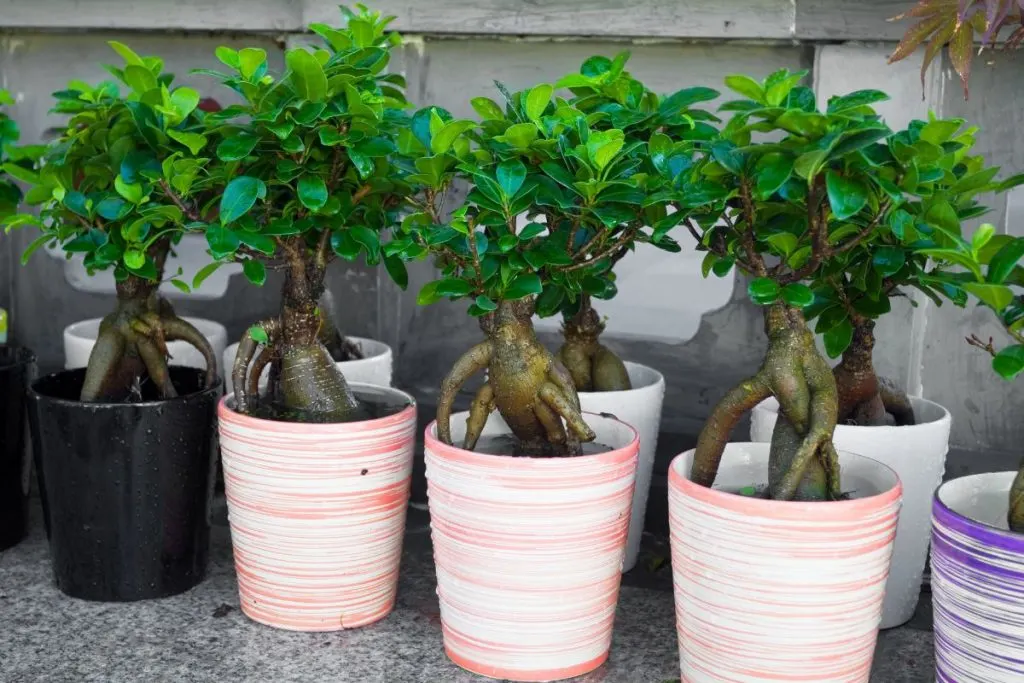
This is where we part, dear ladies. I hope you enjoyed today’s article and learned everything you need to know about bonsai trees.
If you don’t have them at home right now, I hope that you will soon get one of the wonderful examples for your home.
We have presented you with 5 individual types, and you can find additional information about them. If you find bonsai as a plant in general interesting, you can also read about the most expensive bonsai tree.
What did we learn today then? What does it take for a bonsai tree to grow faster, how long does a bonsai tree grow, all about the bonsai tree trunk, all about its root system, the care of bonsai indoors, and much more.

